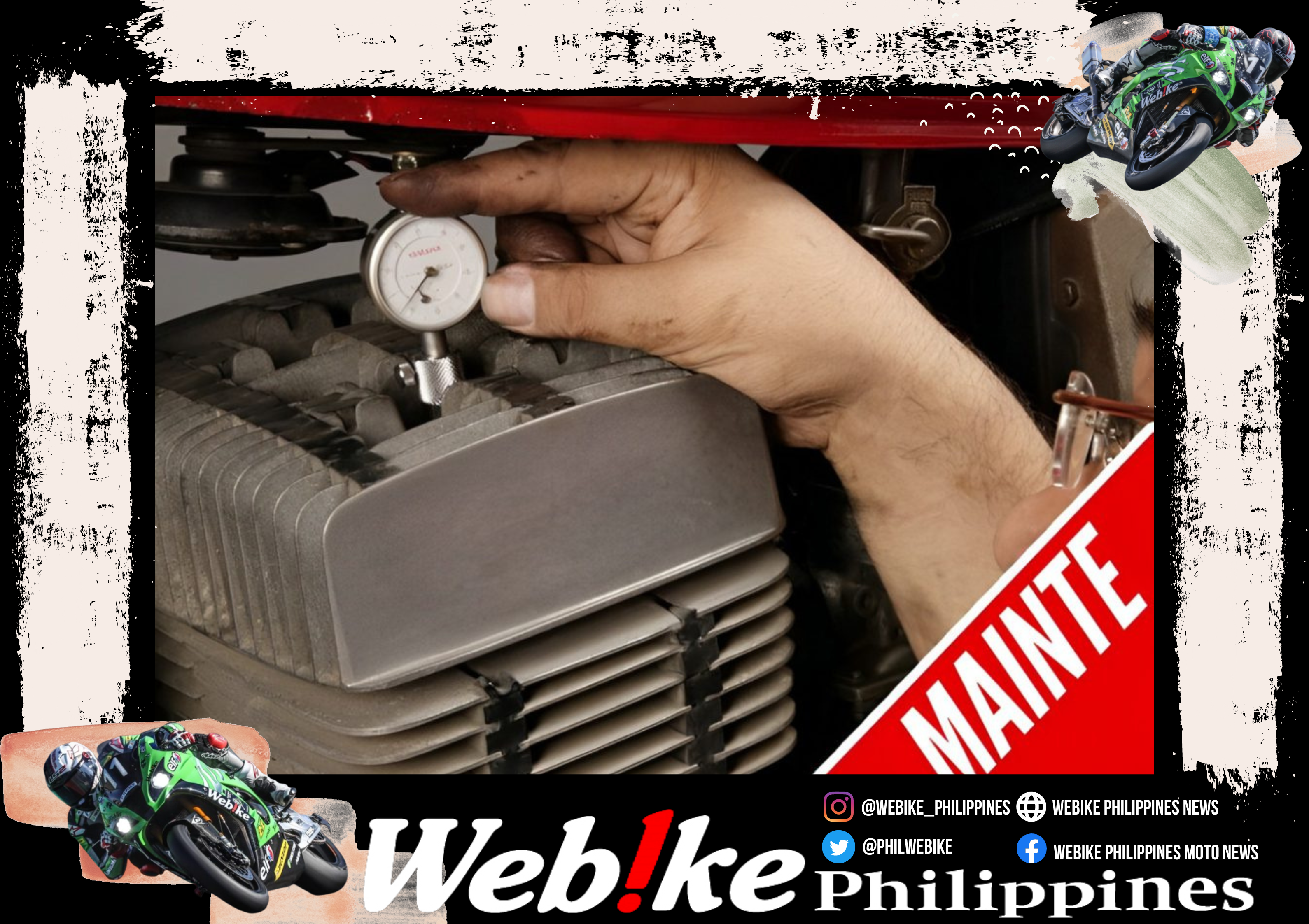In some cases, collecting and checking various data before starting the engine can save the troubleshooting process in the future. Here, before starting the engine for the first time in a while, let's check the current data on ignition timing and the condition of the parts around the ignition system.
Let's know that simple rusting can cause ignition problems.
If it is not the angle but the number of millimeters before top dead center


This is an OEM Yamaha special tool for Yamaha 2-stroke engines, but it can be used on most 2-stroke engine models that use a B plug. Various brackets and other items were also sold separately with this genuine Yamaha special tool.
If the gauge holder is tightened to the cylinder head as a stand-alone tool, it will often come in contact with the frame or tank when setting the dial gauge, making it impossible to set the gauge. Therefore, it is recommended to temporarily set the gauge holder before tightening it to the cylinder head. Before tightening the gauge, move the piston to almost the top-dead-center position.
Gauge set to "0" point alignment


While staring at the dial gauge, find the exact top dead center of the L cylinder and hold the magnetic rotor. At this point, the cage guideline and the numeric ring should be set to "0". In the case of the Suzuki RG250 series, the magnet embedded in the rotor seems to be almost in line with the tightening tick line.
Flywheel engraving and alignment marks



There is a projection on the upper crankcase diagonally in front of the rotor to check the timing. Ignition timing is when this projection is aligned with the rotor tick line. This can be checked with the ignition strobe while the engine is running. When the engraved lines coincide, the embedded magnet seems to pass through the pickup at the moment.
The gap between the pickup coil body and the rotor periphery was checked just to be sure, and it was 0.4 mm as specified. If the outer circumference of the rotor is rusted, this gap will become unstable and cause ignition failure.
Pre-check for primary compression leaks




After checking the ignition timing, remove the outer rotor and check the surrounding conditions. First, loosen the center lock nut while holding it with the magnetic rotor holder. The tapered flange of the flywheel center has a reverse thread. A general flywheel puller cannot be used, so a special tool is required. Here, we used a puller that screws three bolts into the flange (not too much) and tightens the center bolt. Once the center bolt is firmly tensioned, tap the head of the bolt lightly with a hammer. Suzuki's OEM special tool seems to be a sliding hammer to pull it out. I tapped it five or six times and the rotor popped off. It sure looks like it's constructed in such a way that you need a special tool to remove it. The internal condition looks relatively good. The internal condition looks relatively good. Before removing the coil base plate, we paid attention to the tightening bolts. The upper right fixing part has engraved lines on both the crankcase side and the base side. Let's try to match these engraved lines when restoring. By removing the coil base, is the primary compression in the crank chamber leaking? The oil seal condition can be checked. The seals remained sound. Knowing the condition before starting the engine is reassuring later. When restoring the coil base, tighten the bolt while maintaining the same engraved lines that were checked before disassembly. As a rule, ignition timing adjustment is not necessary if the engraved lines are matched.
POINT
Point 2 - Ignition timing of the 2-stroke engine to be adjusted in millimeters instead of degrees before the top dead center
Point 3 - After removing the flywheel, check the condition of the crank end seal!
Ignition timing is even more important for 2-stroke engines than for 4-stroke engines. If the ignition timing is set near the top dead center due to careless or incorrect adjustment, the engine may reverse. When the clutch is engaged after the engine is started, the motorcycle reverses! This story was not uncommon in the Showa period. Because of the simpler structure of 2-stroke engines compared to 4-stroke engines, the intake and exhaust timing can be established even if the crankshaft rotates in reverse.
Here, we used a special tool, a dial gauge and gauge holder (made by Yamaha on hand), to find the correct top dead center position and physically inspect the basic elements, such as whether the engraved line or projection mark on the crankcase matches the engraved line on the magnetic rotor side. Knowing the correct timing data will allow us to check the spark timing and the tick marks when we apply the ignition strobe (timing strobe) after starting the engine.
The ignition method of the RG250E uses a CDI ignition method called the PEI method, which was originally developed by Suzuki, instead of the Framag point type and battery point type that is often found in discontinued motorcycles.
The coil base and magnet rotor, which is key points, can only be assembled physically, so I don't think there is any misassembly, but how the rotor is positioned at the top dead center of the piston is like this You can understand it only by making sure that it is correct. A SANMECA would want to know such a situation regardless of the model.
Also, Suzuki RG250E ignition timing data shows 20 degrees before the top dead center/4000 rpm. If the timing light is used to check the timing line situation at idle and at 4000 rpm, it is good to take data on how many millimeters before the top dead center the engine is at engine shutdown. It is good to take data on how many millimeters before the upper dead center of the engine is when the engine is stopped. By doing so, it will be possible to determine the ignition timing in the same way as Yamaha and Kawasaki motorcycles.



